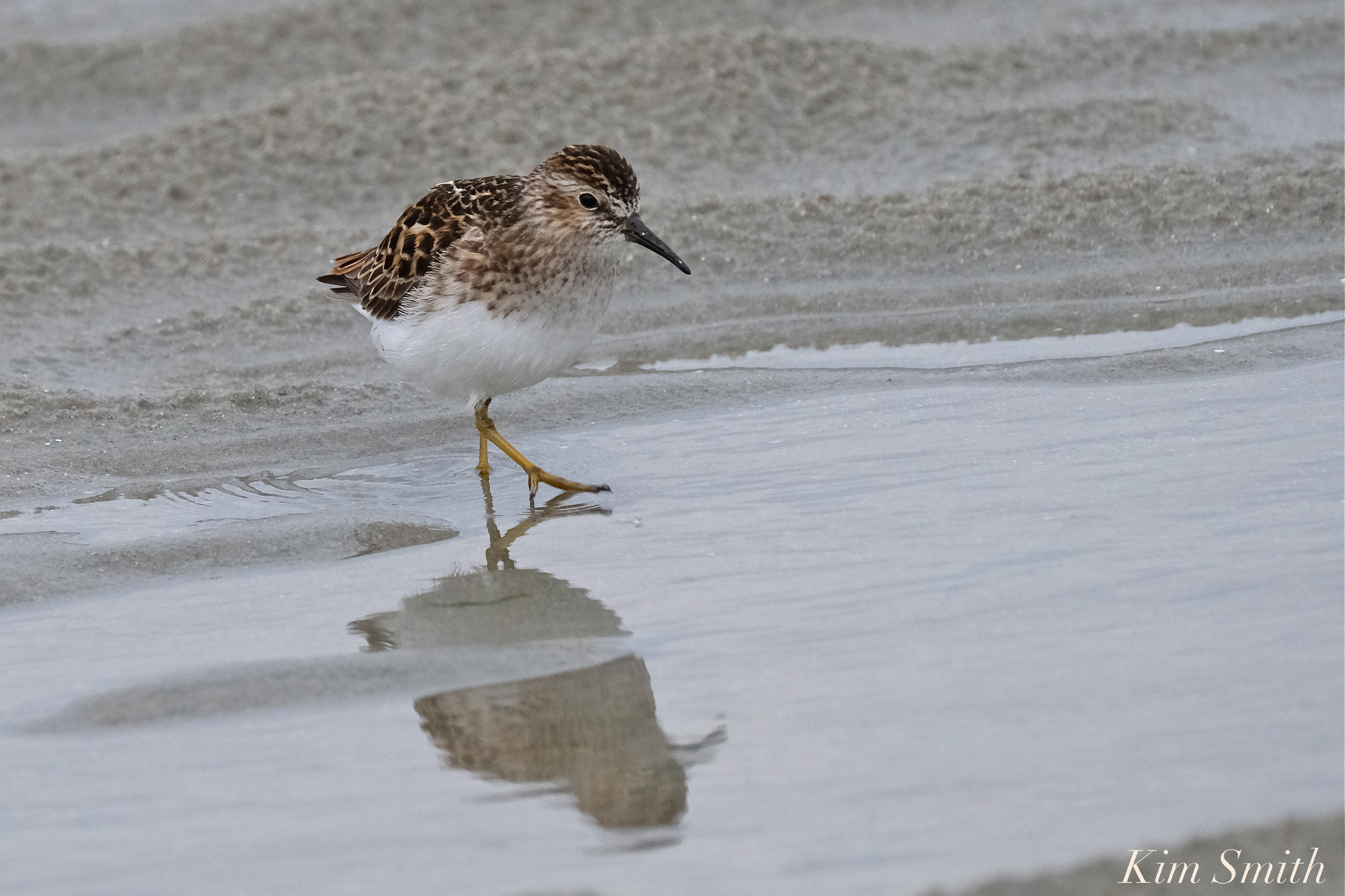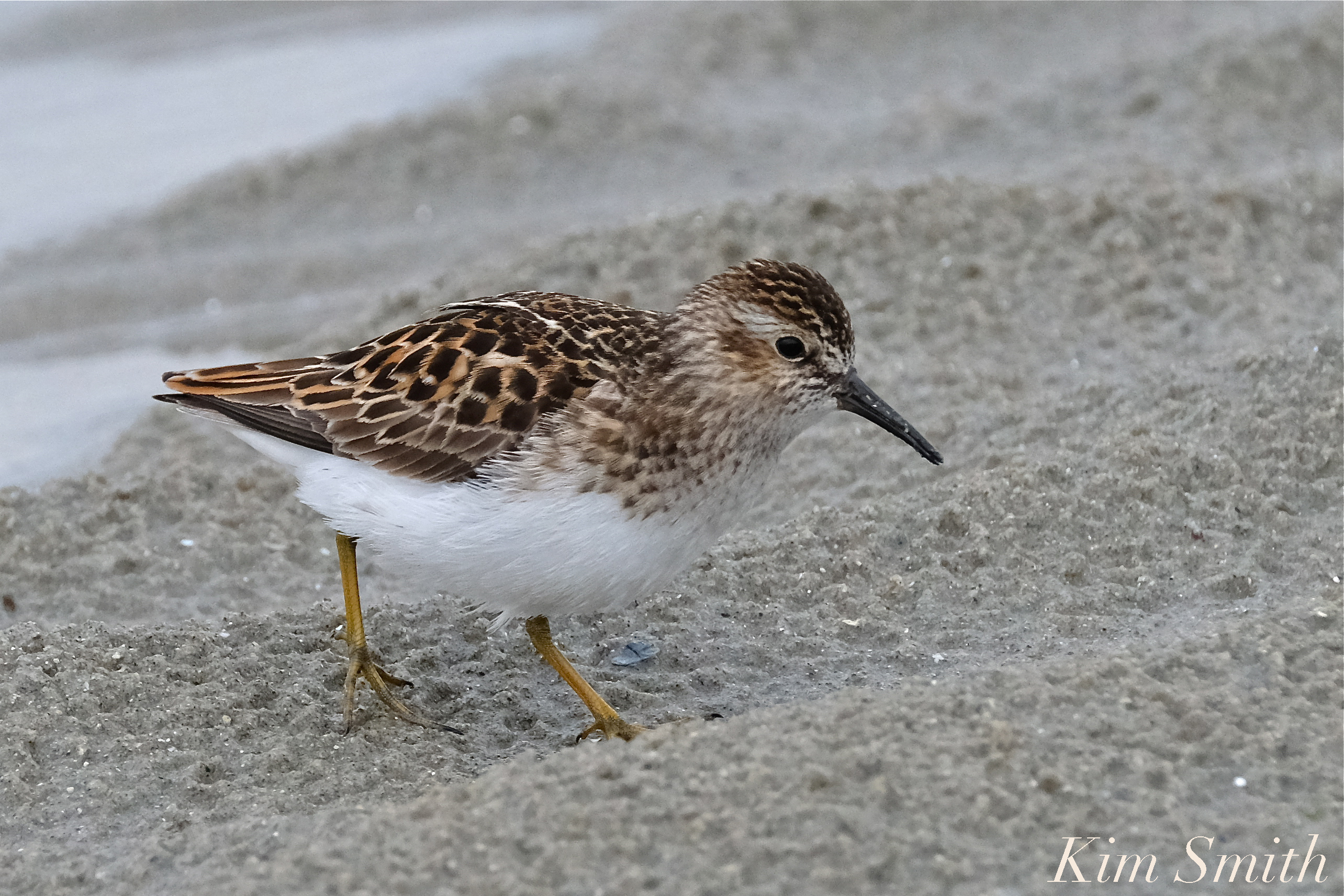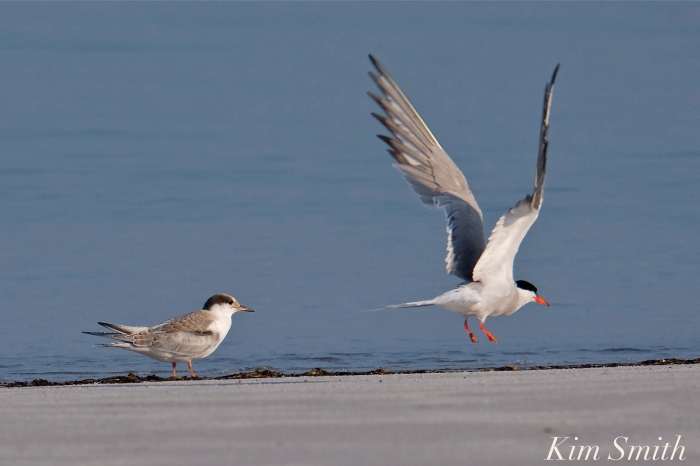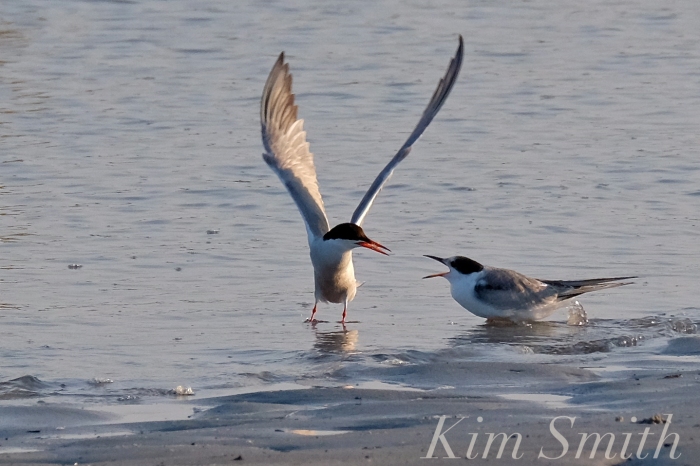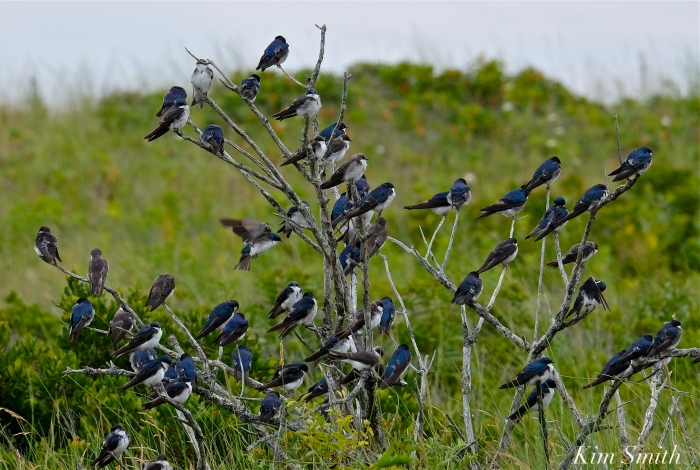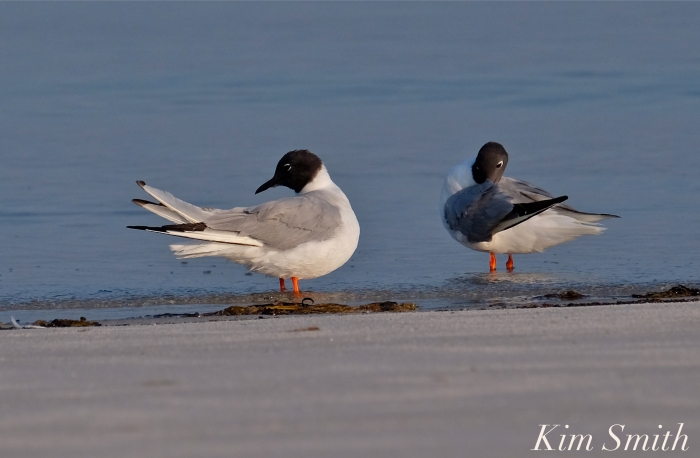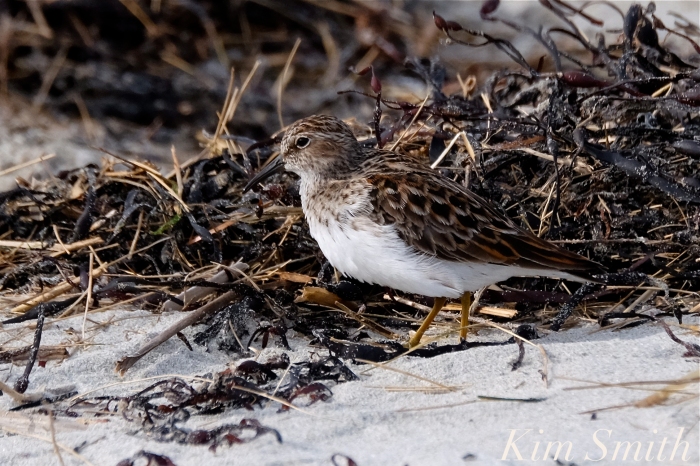Six Piping Plovers (Saturday morning 5/18/19)
Five Semi-palmated Plovers (Monday morning 5/20/19)
Four Piping Plovers (Sunday night, Monday morning 5/19/19)
Three Willets (Saturday morning 5/18/19)
Two Black-bellied Plovers (Monday morning 5/20/19)
Two Yellow Legs (Tuesday morning 5/13/19)
One Least Sandpiper (Monday morning 5/20/19)
Sometime during Friday night, three additional Piping Plovers and three Willets arrived to Good Harbor Beach.
The three new PiPls made for a total of six spotted at sunrise on Saturday morning–our mated pair, the Bachelor, two new boys and a new girl. While Mama was on the nest, five foraged at the tidal flats. There were several territorial skirmishes before two flew off. I wasn’t able to wait to see if they returned.
Winsome Willets
Saturday morning also found three Willets foraging at the tidal flats. Although I didn’t see them later in the day, I did hear their wonderfully distinct calls. I wonder if they will stay. Willets breed in our area and I am fairly certain there was a nesting pair at the Good Harbor Beach salt marsh last summer, the first time I have ever seen Willets regularly there.
Sunday late afternoon/early evening four PiPls were at Good Harbor Beach. One on the nest, and three were foraging at the flats. More smack downs between the boys and I didn’t see the pretty female.
 Papa Plover defending his nesting territory
Papa Plover defending his nesting territory
Early Monday, and the four PiPls are still here, plus five Semi-palmated Plovers, one Least Sanderling, and two Black-bellied Plovers. The two Black-bellied Plovers were not the same as the two we saw last week. They were frightened off by a flock of seagulls in flight and didn’t stay long. The Least Sandpiper, Black-bellied Plover, and Semi-palmated Plover breed in the tundra across extreme northern North America. Yellow Legs breed in the boreal forests, wetlands, and meadows of the far north. All four species are finding lots to eat at their Good Harbor Beach stopover.
Least Sandpiper
Good eating at Good Harbor
May’s Full Flower Moon brought several very high tides, but our PiPl nest is tucked up safely near the dune edge. In the photo you can see how close the seaweed came to the nest.











